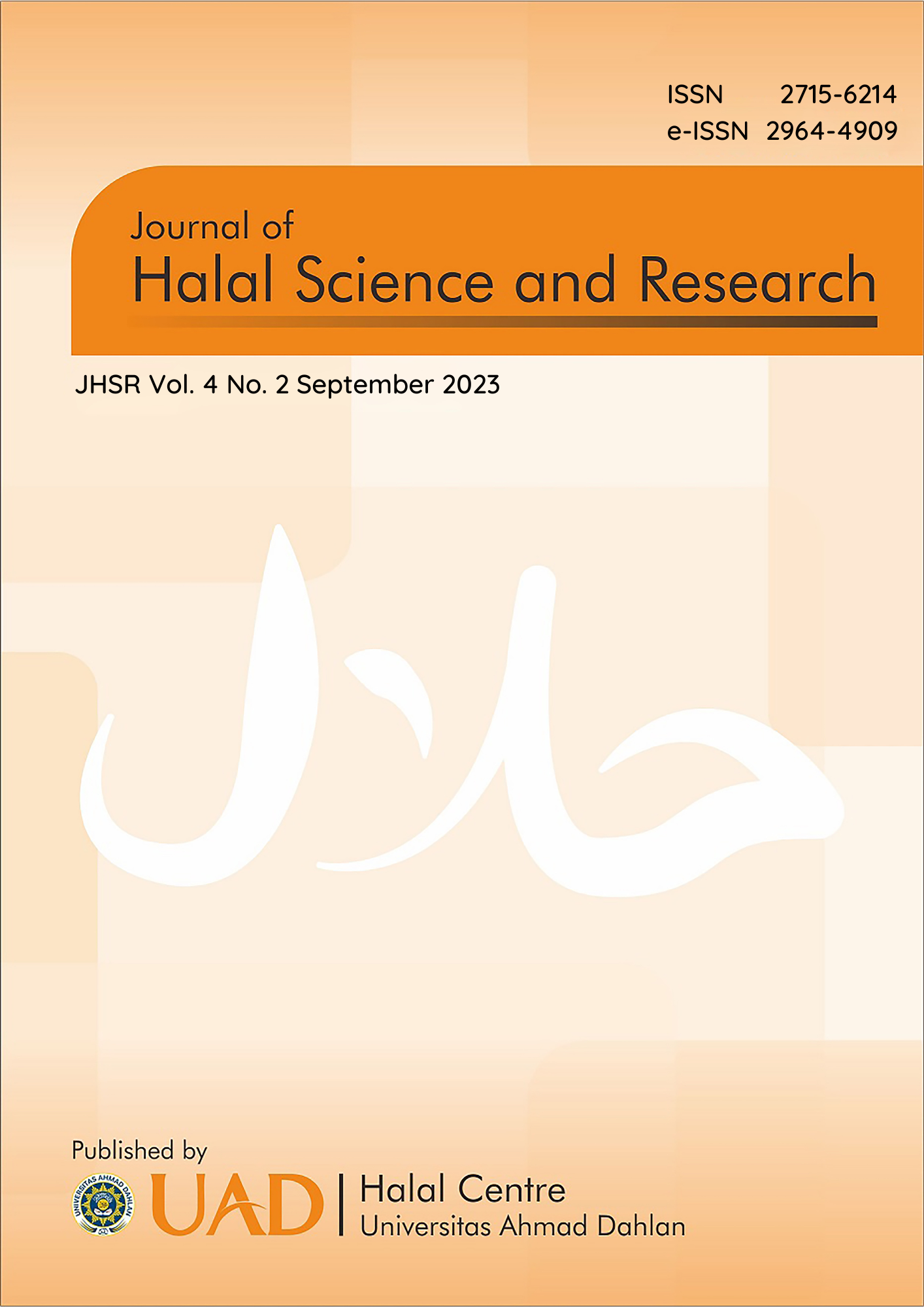Analysis of marketing strategies to maximize product sales at "Won.dis Cokelat"
DOI:
https://doi.org/10.12928/jhsr.v4i2.7247Abstract
As time progresses, the structure within a business entity changes. Intense competition and business development are factors contributing to these changes. Consequently, each business entity formulates strategies to enhance sales in the competitive market. In this specific practical work, we analyzed the marketing strategy at Won.dis Chocolate to understand how their marketing approach contributes to increased product sales. Data collection techniques employed in this study included qualitative methods such as observation, participation, interviews, literature review, and questionnaires. The data analysis methods included the IFE (Internal Factor Evaluation) matrix, EFE matrix (External Factor Evaluation), SWOT Cartesian diagram analysis, and SWOT matrix. The analysis and observations yielded three key findings. Firstly, Won.dis Chocolate boasts two significant strengths: innovation in new product development and possessing product legitimacy, including halal certification from MUI and intellectual property rights registration. However, its most significant weakness lies in its less strategic location and limited production machine capacity. Secondly, the major opportunity for Won.dis Chocolate lies in its strong relationships with content creators and several universities, while a potential threat is posed by competitors with more strategic locations. Thirdly, Won.dis Chocolate is positioned to pursue both "Grow" and "Build" strategies.
Keywords: SWOT analysis, IFE and EFE matrices, Won.dis Chocolate
Downloads
Published
Issue
Section
License
Copyright (c) 2023 Universitas Ahmad Dahlan

This work is licensed under a Creative Commons Attribution-NonCommercial-ShareAlike 4.0 International License.
Authors who publish with JHSR (Journal of Halal Science and Research) agree to the following terms:
1. Authors retain the copyright and grant Universitas Ahmad Dahlan right of first publication with the work simultaneously licensed under a Creative Commons Attribution-NonCommercial-ShareAlike 4.0 License (CC BY-NC-SA 4.0) that allows others to share (copy and redistribute the material in any medium or format) and adapt (remix, transform, and build upon the material) the work for any purpose, even commercially with an acknowledgement of the work's authorship and initial publication in Universitas Ahmad Dahlan.
2. Authors are able to enter into separate, additional contractual arrangements for the non-exclusive distribution of the journal's published version of the work (e.g., post it to an institutional repository or publish it in a book), with an acknowledgement of its initial publication in Universitas Ahmad Dahlan.
3. Authors are permitted and encouraged to post their work online (e.g., in institutional repositories or on their website) prior to and during the submission process, as it can lead to productive exchanges, as well as earlier and greater citation of published work (See The Effect of Open Access).

This work is licensed under a Creative Commons Attribution-NonCommercial-ShareAlike 4.0 International License.




